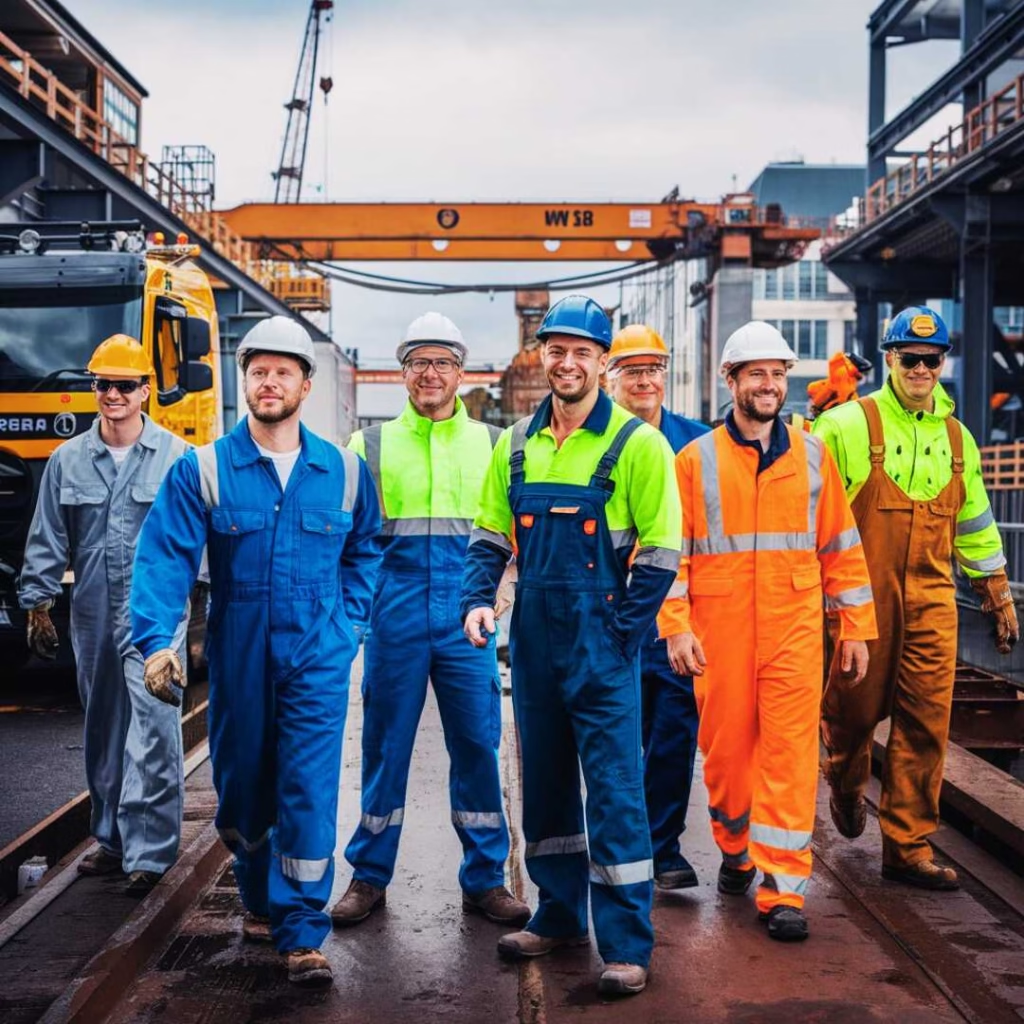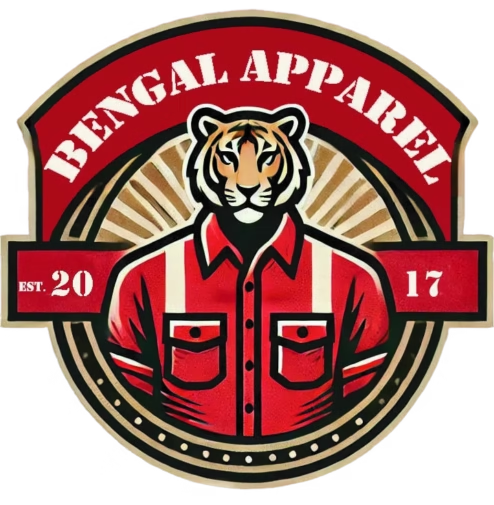Industrial uniforms are the backbone of workplace safety and efficiency. From construction sites to chemical plants, the right workwear protects employees from hazards, ensures compliance with regulations, and enhances productivity. But how do you choose the right industrial uniforms for your team with so many options—coveralls, overalls, flame-resistant (FR) gear, and high-visibility apparel?
This comprehensive guide breaks down everything you need to know about industrial uniforms, including their types, materials, safety standards, and emerging trends.
Why Industrial Uniforms Matter
Industrial uniforms serve three critical purposes:
- Safety: Protection against hazards like fire, chemicals, and electrical exposure.
- Compliance: Meeting OSHA, ANSI, and NFPA standards to avoid penalties.
- Productivity: Durable, comfortable designs that allow unrestricted movement.
According to the Bureau of Labor Statistics, 20% of workplace injuries are linked to inadequate protective clothing. Investing in quality industrial uniforms reduces risks and boosts morale.
Types of Industrial Uniforms
- Coveralls: Full-Body Protection
Coveralls are one-piece garments designed to shield workers from head to toe.
Key Features:
- Materials: Polycotton blends, flame-resistant fabrics (Nomex®), or disposable Tyvek®.
- Uses: Chemical handling, painting, asbestos removal, and pharmaceutical labs.
- Benefits: Full coverage, easy to decontaminate, and often include pockets for tools.
Top Pick: DuPont Tyvek 500 Coveralls—lightweight, chemical-resistant, and breathable.
2. Overalls: Durability Meets Flexibility
Overalls (bib-and-brace style) prioritize mobility and storage.
Key Features:
- Materials: Heavy-duty cotton or denim, often with reinforced knees.
- Uses: Construction, welding, and automotive repair.
- Benefits: Adjustable straps, multiple tool pockets, and rugged construction.
Top Pick: Carhartt Bib Overalls – Durable duck canvas with triple-stitched seams.
3. Flame-Resistant (FR) Uniforms
FR industrial uniforms are essential for industries with fire or electrical risks.
Key Features:
- Materials: Nomex®, Kevlar®, or Protera® blends.
- Uses: Oil and gas, electrical utilities, welding.
- Standards: NFPA 2112 (flash fire) and NFPA 70E (electrical safety).
Top Pick: Ariat FR Coveralls – Arc-rated and moisture-wicking for high-heat environments.
4. High-Visibility Apparel
Hi-vis industrial uniforms keep workers seen in low-light or high-traffic zones.
Key Features:
- Materials: Fluorescent polyester with retroreflective tape.
- Uses: Roadwork, warehouses, airports.
- Standards: ANSI/ISEA 107 (Class 2 or 3).
Top Pick: Reflective Apparel ProDuck Bomber Jacket – Waterproof and ANSI Class 3 certified.
5. Anti-Static and Chemical-Resistant Gear
Specialized for environments with static-sensitive equipment or chemical exposure.
Key Features:
- Materials: Carbon-fiber threads (anti-static) or PVC-coated fabrics (chemical-resistant).
- Uses: Electronics manufacturing, pharmaceutical labs.
Top Pick: Lakeland ChemMax® Coveralls – Resistant to acids, solvents, and biological agents.

Choosing the Right Industrial Uniforms
- Assess Workplace Hazards
- Heat/Flames: Opt for FR uniforms with arc flash protection.
- Chemicals: Choose chemical-resistant fabrics like Tychem®.
- Visibility: Prioritize ANSI-certified hi-vis gear.
- Prioritize Comfort and Fit
- Breathability: Moisture-wicking fabrics prevent overheating.
- Ergonomic Design: Gusseted crotches, articulated knees, and stretch panels.
- Check Safety Certifications
- OSHA: General safety compliance.
- ANSI/ISEA 107: Hi-vis standards.
- NFPA 2112: Flame resistance.
Customizing Industrial Uniforms
Branding and functionality go hand in hand:
- Embroidery: Add logos for brand visibility.
- Functional Upgrades: Extra pockets, radio loops, or kneepad inserts.
- Color Coding: Use different colors for roles (e.g., red for supervisors).
Maintenance Tips for Longevity
- Wash Properly: Follow care labels – some FR gear loses efficacy if washed incorrectly.
- Inspect Regularly: Check for tears, fading, or damaged reflective tape.
- Repair or Replace: Mend small tears promptly; retire uniforms after 25-50 washes.
The Future of Industrial Uniforms
- Smart Textiles: Uniforms with embedded sensors to monitor vital signs.
- Sustainable Materials: Recycled polyester and biodegradable fabrics.
- Modular Designs: Interchangeable layers for varying weather conditions.
Invest in Safety, Reap the Rewards
In conclution, industrial uniforms are more than clothing—they’re a critical layer of workplace safety. By selecting the right type, ensuring compliance, and maintaining gear properly, businesses can protect their teams, avoid costly fines, and foster a culture of safety.




